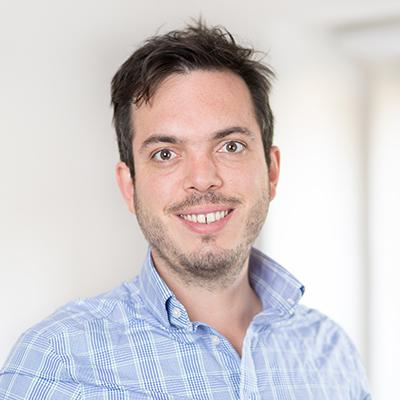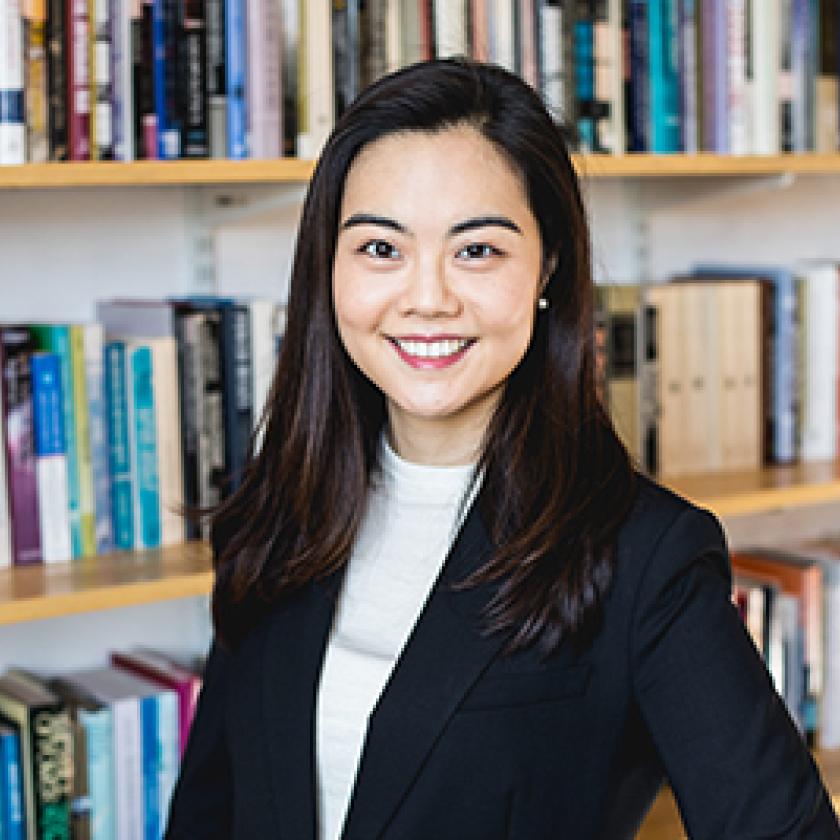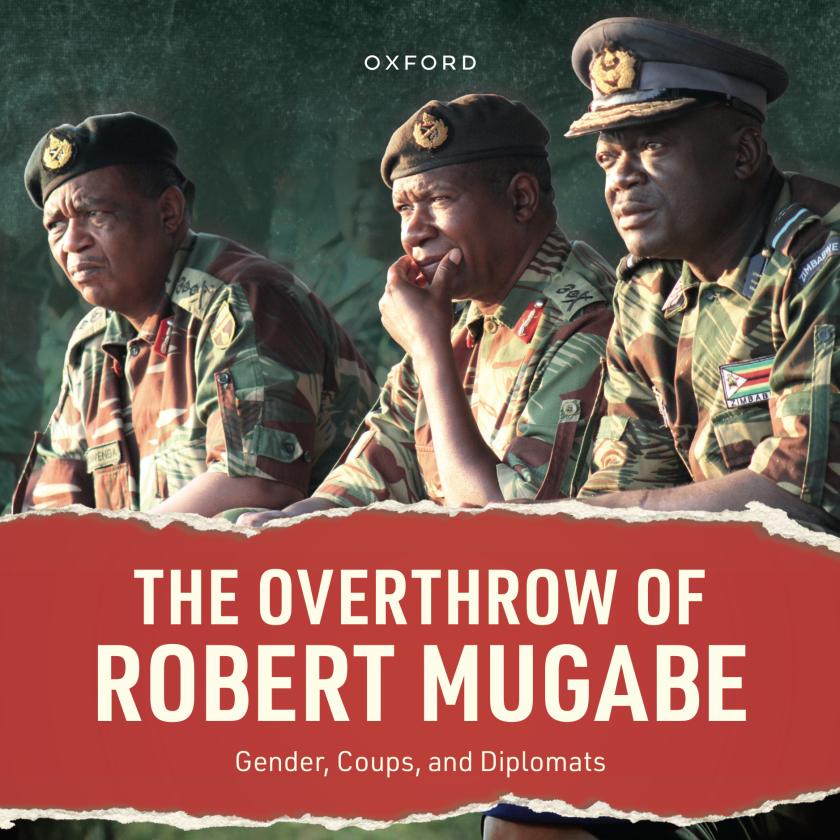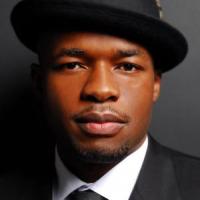The judicialization of politics in Latin America, anti-corruption crusades and their impact on democratic processes: Q&A with Professor Ezequiel González-Ocantos

This OxPol interview with Professor Ezequiel González-Ocantos was taken from the OxPol blog. Over the last few weeks, the OxPol editorial team spoke with Professor Ezequiel González-Ocantos about his ongoing projects since winning the Philip Leverhulme Prize in 2018.
In 2018 you were awarded the Philip Leverhulme Prize. Could you share what projects you have been working on over the last few years since winning the prize?
Since 2018 I’ve been working on three different projects. First, together with my colleagues Sandra Botero and Daniel Brinks we curated a collection of essays that looks at new trends in the judicialization of politics in Latin America.
Second, I wrote a series of papers on the Inter-American Human Rights System. Some pieces explore the relationship between the Inter-American Court of Human Rights and national courts, looking at the dynamics of jurisprudential dialogue. Transnational judicial dialogue is an important mechanism behind processes of international and domestic judicial empowerment and is also critical for the diffusion of robust human rights standards. Others look at the development of the institutions of the region’s human rights system. In one of them, for example, Wayne Sandholtz and I identify the sources of resilience of the Inter-American Court and the Commission in the face of backlash. We use original qualitative and quantitative data to map the embeddedness of the regime in six different institutional and organisational arenas at the domestic level and trace how these anchors helped the Commission survive fierce attacks in the 2010s.
Third, I wrote a book that explains the origins of anti-corruption crusades. The book is called The Criminalization of Corruption in Latin America and is forthcoming with Cambridge University Press. My co-authors and I were puzzled by the Car Wash (or Lava Jato) Operation, which started in Brazil in 2014 and expanded throughout Latin America to become the largest foreign bribery case in history. In the book we ask: What made an investigation like Lava Jato possible in a part of the world where impunity for grand corruption used to be the norm? Why did it expand beyond Brazil and why did prosecutors prove effective in some countries but not in others? Crusades like Lava Jato are one possible answer to the generalized cry for greater transparency, but they are also deeply controversial. The second part of the book therefore looks at how voters reacted to a once-in-a-generation attempt to clean politics. Did they instinctively back anti-corruption or did this unorthodox form of anti-corruption prove too difficult to support despite the long-standing yearning for a different kind of politics? Are anti-corruption crusades capable of building strong and durable anti-corruption coalitions, or do the methods and outcomes of anti-corruption sooner or later become fatally contested?
Among your research interests in comparative judicial politics is the impact of anti-corruption judicial activism in Latin America. Could you explain what anti-corruption judicial activism is, what triggers this type of activism, and who participates in it?
In the book we talk about “anti-corruption crusades,” not “judicial activism” partly because the key actors in these processes are prosecutors, not judges. We also prefer the term “anti-corruption crusades” because “activism” has a negative connotation. It suggests that judges and/or prosecutors operate outside the boundaries of their formal prerogatives. To be sure, some observers think of anti-corruption crusades as an instance of judicial or prosecutorial activism or overreach. But we wanted a less politically charged term that captures the fact that the phenomenon is normatively ambiguous.
Anti-corruption crusades involve widespread efforts to investigate, prosecute, and punish corruption. The focus is on white-collar crime. Crusades consist of a bundle of sequenced investigative decisions that trigger a snowball effect. Cases usually start with a narrow focus on minor or highly targeted allegations, but quickly grow in scope. What distinguishes crusades is the zeal with which prosecutors approach the investigation. This zeal is on display on a variety of fronts. One is the frenzy of investigative and punitive measures adopted during the inquiry. Another is the creative interpretation of the legal framework with the goal of easing procedural and evidentiary constraints. This includes the unorthodox use of criminal definitions; the redefinition (critics say relaxation or breach) of evidentiary standards; and heavy reliance on plea bargains and international penal cooperation.
We argue that Lava Jato is in part the result of streams of institutional change since the 1980s: the removal of prosecution services from the orbit of executive branches; overhauls to criminal justice systems, including the transition from inquisitorial to prosecutor-cantered accusatorial models; and the signing of international anti-corruption treaties. These reforms created the necessary space for the emergence of maverick prosecutors, providing minimum levels of political insulation and internal independence. Reforms also made available a better legal framework to tackle macro-criminality, including more precise criminal definitions, the introduction of plea bargains, and the creation of channels for transnational cooperation. Finally, reforms led to the creation of units dedicated to white-collar crime within the prosecution services. This nurtured expertise and a certain espirit de corps, which is critical when taking on powerful members of the establishment.
Our explanation also looks at more proximate factors that allowed prosecutors to trigger the snowball effect. Of critical importance was the deployment of aggressive strategies on a variety of fronts: pretrial detentions, plea bargains, international cooperation, and public outreach. This involved plenty of controversial decisions that sometimes redraw the boundaries of due process to secure evidence. One factor conducive to the adoption of this zealous approach, was the extent to which investigators operated under the umbrella of a task force. We draw from theories of small group dynamics in economics and psychology to explain why this kind of teamwork leads to more adequate conceptualizations of the criminal phenomenon, evidentiary economies of scale, innovation, a strong sense of purpose, and the building of protective shields.
Based on your studies, could you share an example about where and how anti-corruption judicial activism has been carried out?
The iconic example is, of course, Mani Pulite in Italy during the 1990s, but Lava Jato was even more consequential. It started in Brazil in March 2014 and lasted roughly until 2021. Within months, federal prosecutors and police officers discovered a gigantic corruption scheme involving top executives at the state-owned oil company Petrobras, local business conglomerates, and politicians from 28 different political parties. Between 2014 and 2022 law enforcement officials signed a flurry of leniency and plea bargain agreements, issued an impressive number of indictments, imposed millions of dollars in fines, and convicted 219 defendants. Among those implicated in the scandal was former President Lula Da Silva from the Workers’ Party. Through this and other high-profile measures, Lava Jato contributed to both the downfall of President Dilma Rousseff in 2016 and the rise of Jair Bolsonaro in 2018.
In 2016, US prosecutors revealed that the one of companies at the heart of the bribery scheme in Brazil had used a similar modus operandi to bribe public officials in at least 9 other Latin American countries. This prompted investigators outside Brazil to start their own chapters of Lava Jato. While some countries saw little by way of effective criminalization (e.g., Argentina, Colombia, Mexico), others experienced unprecedented crusades. In Peru, five former presidents, leading opposition figures, capital city mayors, and regional governors, were investigated and ordered to spend time in detention. Lava Jato contributed to a presidential resignation in 2018, the shut-down of Congress in 2019, and the impeachment of yet another president in 2020. In Ecuador, prosecutors were even more effective. They secured several high-profile convictions in a relatively short period of time, including convictions against a former president and a former vice-president.
One distinctive characteristic of the countries where Lava Jato made progress is that the reforms alluded to earlier went further in increasing the autonomy of the prosecution services; adopting a better legislative framework to tackle corruption; modifying the organization of the prosecution services so that cohorts of prosecutors could become experts in white-collar crime; and embracing the practice of assigning complex cases of macro-criminality to specialized task forces. Where these institutional and organizational factors were present, prosecutors were able to act quickly, for instance, to extract confessions or sign international cooperation agreements.
What would you say are the impacts of anti-corruption activism on democratic processes?
We know that corruption has negative implications for economic well-being and overall levels of trust in institutions, so heightened prosecutorial power and capacity to investigate political wrongdoing is good news for democracy.
Having said this, anti-corruption crusades can be problematic and deserve closer scrutiny. Prosecutors succeed when they break the mould and do things that are a bit out of the ordinary. Occasionally this implies playing at the boundaries of the legal framework or even redefining those boundaries. For some, these aggressive and unconventional methods are necessary and perfectly justified. If you talk to the prosecutors, many see themselves as custodians of integrity who have been called upon to fight against a class of “evil” public officials. Going to great lengths to make the law “bite” is therefore not only possible, but it is also the right thing to do. The crimes in question are simply too elusive and hard to prove, rendering traditional uses of the law ineffective.
Others, by contrast, caution that the aggressive criminalization of corruption has a darker side. By casting doubt on the integrity of politicians, sometimes entire political parties or party systems, law enforcement agents may end up destabilizing democracy or undermining fair and inclusive electoral competition. Take the actions taken against President Lula Da Silva. Many thought these were inappropriate because they led to the exclusion of the most popular candidate from the 2018 presidential race. Critics further argue that prosecutorial zeal usually comes at the expense of the due process rights of defendants. Finally, while some of these critics are ready to concede that without the adoption of unorthodox strategies it is hard to imagine how grand corruption could ever be punished, they maintain high levels of zeal risk compromising the legitimacy of transparency efforts. In their view, prosecutorial aggression provides the perfect ammunition for corrupt actors to successfully cry foul, ultimately emerging from these episodes unscathed. Indeed, many of those prosecuted by Lava Jato denounced the investigation as an attempt by the “right” to weaponize legal proceedings and thus undermine progressive causes. In addition to defending themselves in court (and in the court of public opinion), they spearheaded efforts to rein in judicial and prosecutorial power. In other words, the criminalization of corruption, when it goes too far, can sometimes lead to backlash and jeopardize the integrity of key horizontal accountability institutions.
In the book we look at how voters process these controversies and find reasons for concern. Latin Americans really care about transparency and often cite corruption as the most pressing problem facing their countries. The trouble is that anti-corruption crusades inevitably politicize anti-corruption. They turn anti-corruption from something everyone likes into something that is deeply contested. For some voters, anti-corruption crusades put in tension their loyalty to certain parties or politicians with their desire for a cleaner politics. Other voters take issue with the methods deployed to fight corruption. And yet another group is turned away by the paucity of concrete results. Crusades may be spectacular and ravage politics, but punitive outcomes are quite rare.
Among voters we therefore see either polarization around the methods used to fight corruption or disappointment in the crusade. At the end of the day, a tool designed to inject confidence in the capacity of the system to clean itself and ultimately restore trust in politics, ends up exacerbating political alienation. I am of course not implying that the answer is to avoid anti-corruption prosecutions; that would also be a recipe for cynicism. But we ought to acknowledge that we may be in the presence of a Catch-22: fighting corruption decisively in contexts where corruption is systemic, as well as ignoring it, can be catastrophic for the health of democratic politics.
You have a co-edited book titled The Limits of Judicialization: From Progress to Backlash in Latin America (Cambridge University Press, 2022) with Sandra Botero and Daniel M. Brinks coming out this August. Could you share what motivated you, Sandra, and Daniel to work on this collective project? What do you hope readers will take away from this collection of chapters?
I went to graduate school with Sandra, and Dan was our advisor. This collaboration was therefore long overdue. We organized a conference in Bogota in 2019 to discuss new trends in the judicialization of politics in Latin America. Towards the end of the conference, we realized that most participants had written quite gloomy papers, emphasizing either the limitations or the perils of judicializing politics. This was interesting because it contrasted with an earlier literature that looked at judicialization and the growing political relevance of courts in Latin America as one of the main positive innovations of the third wave of democratization. This literature, which by the way, includes work by the three of us, was rather optimistic about the transformative potential of courts, both in terms of limiting executive overreach and enforcing fundamental rights. We hope our edited collection moderates this optimism. In our introductory essay, we discuss the factors that limit the judicialization project, or what we call the “judicialization superstructure.” These include the lack of state capacity to implement ambitious court rulings; the difficulty to root court-promoted social and policy change in grassroots coalitions that can defend rulings from backlash; and institutional pathologies inside the courts and prosecution services, such as corruption and nepotism.
Finally, where do you think more work needs to be done to advance the field of comparative judicial politics?
First, we should do more to understand the conditions under which courts and prosecutors can aid and/or combat democratic backsliding. A second area is the relationship between courts and public opinion. While there is a lot on this topic in the American Politics literature, we know close to nothing about what makes voters in the rest of the world trusting of courts or about the implications of varying levels of trust. Third, most scholars tend to study high courts and pay lip service to lower courts and institutions such as the prosecution services. This is a problem because thanks to a series of important institutional reforms, prosecutors have become central actors to most of the dramas associated with the judicialization of politics. We need to know more about the reasons for variation in the design of prosecutorial institutions and the consequences of institutional design. Finally, we need more collaboration between lawyers and political scientists. As political scientists, we tend to import our logic, designed primarily to explain politicians and voters, to the legal world. At times this can be rather limiting. I am not saying that judges and prosecutors never think like politicians. But the socialization processes they go through and the institutions they inhabit add layers of complexity to their behaviour. Our colleagues in law faculties are often better equipped to understand those layers and offer correctives to oversimplified theories.








